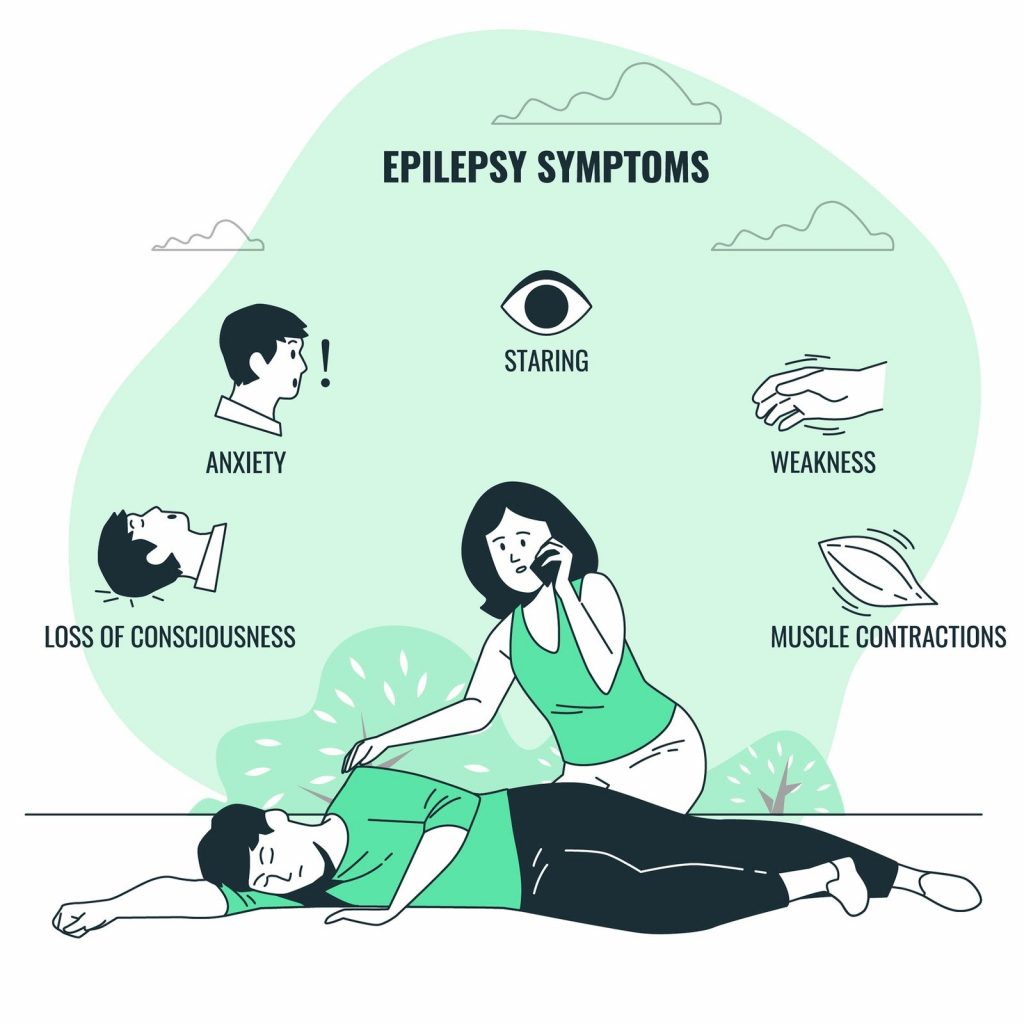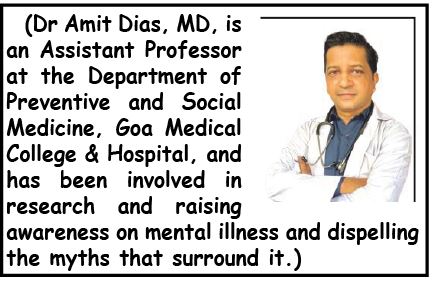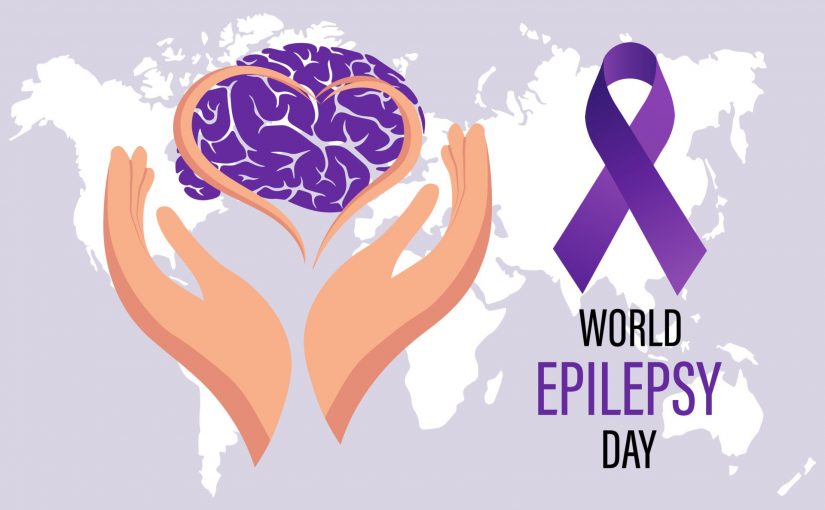From misunderstanding to awareness….
An interview with Dr Amit Dias
On World Epilepsy Day (February 12) we navigate the path from ignorance to understanding, shedding light on the challenges faced by individuals with epilepsy. “Moving from misunderstanding to awareness is a must to close the treatment and inclusion gaps for Epilepsy” says, Dr Amit Dias, as he debunks several myths surrounding epilepsy in this informative interview.
Goan Observer: Doctor, why do we observe World Epilepsy Day?
Dr Amit Dias: World Epilepsy Day is a key initiative of the international epilepsy community, to drive the implementation of the World Health Organisation’s 10-year Intersectoral Global Action Plan on Epilepsy and other Neurological Disorders (2022-2031). This is a roadmap that contains a specific strategic objective to strengthen the public health approach towards epilepsy and two global targets aiming to close the major treatment and inclusion gaps for people with epilepsy worldwide. It is observed on the second Monday in the month of February.
Q: Could you please explain what epilepsy is?
A: Epilepsy is a neurological disorder characterized by recurrent, unprovoked seizures. These seizures are caused by abnormal electrical activity in the brain. The seizure is often locally referred to as ‘fits’.
Q: You mentioned about seizure…. what exactly is it?
A: A seizure is a sudden, uncontrolled electrical disturbance in the brain that can cause changes in behavior, consciousness, movements, or sensations. While seizures are a hallmark feature of epilepsy, not all seizures are indicative of epilepsy. Some seizures may occur as a result of other medical conditions or triggers, such as high fever or medication withdrawal.
Q: What are febrile seizures, and what should be done if a child experiences one?
A: Febrile seizures are convulsions that occur in young children, usually between the ages of six months and five years, in response to a high fever. This is not the same as epilepsy. They are relatively common and typically harmless, although they can be frightening for parents to witness. If a child experiences a febrile seizure, caregivers should stay calm, protect the child from injury by removing nearby objects, and lay the child on their side to prevent choking, bring the temperature down using water. It’s essential to seek medical attention to determine the underlying cause of the fever.

Q: If someone has a seizure, does it mean they have epilepsy?
A: Not necessarily. As I mentioned earlier, seizures can occur as a result of various factors, not just epilepsy. For example, seizures can be triggered by metabolic disorders, infections, head injuries, or drug withdrawal. A single seizure does not necessarily indicate epilepsy; however, recurrent seizures may prompt further evaluation for epilepsy or other underlying conditions.
Q: Can you explain the different types of epilepsy?
A: Epilepsy can manifest in various forms, including focal seizures (known as partial seizures), which originate in one part of the brain, and generalized seizures, which involve both hemispheres of the brain. Within these categories, there are several specific types of seizures, each with its own set of symptoms and characteristics.
Q: What causes epilepsy?
A: Epilepsy can have various causes, including genetic factors, brain injury or trauma, infections such as meningitis or encephalitis, developmental disorders, prenatal injuries, and brain tumors. In some cases, the cause may not be apparent.
Q: Is it possible to prevent epilepsy?
A: While it may not be possible to prevent all cases of epilepsy, certain measures can reduce the risk of developing the condition. These include avoiding head injuries through the use of seat belts and helmets, managing underlying health conditions, such as hypertension and diabetes, and seeking prompt treatment for infections that affect the brain.
Q: How common is epilepsy globally and in India?
A: Epilepsy is a common neurological disorder worldwide, affecting more than 50 million people globally. In India, it’s estimated that around 12 million people live with epilepsy. Another disturbing figure is that the majority of those with epilepsy live in Low and Middle income countries surrounded by myths about the condition.
Q: What are the common myths that surround epilepsy?
A: One common myth is that epilepsy is a form of demonic possession, mental illness or intellectual disability. The fact is, epilepsy is a neurological disorder that affects the brain’s electrical activity and can occur in individuals with normal intelligence. Another myth is that epilepsy is contagious. In reality, epilepsy is not contagious; it cannot be transmitted from person to person through contact.
Sometimes people feel that people with epilepsy are prone to violent behavior. The truth is, most individuals with epilepsy are not violent, and their behavior is not inherently linked to their condition. Additionally, some people believe that epilepsy is always a lifelong condition with no hope for improvement. While epilepsy can be a chronic disorder, many individuals experience periods of remission or have their seizures controlled with medication or other treatments.
Q: How can we recognize signs of epilepsy or a seizure?
A: The signs of a seizure or epilepsy can vary depending on the type of seizure and the individual experiencing it. However, some common signs and symptoms include:
Uncontrollable jerking movements: Seizures may involve jerking or convulsive movements of the limbs or body.
Staring spells: Some seizures may cause the person to stare blankly into space for a few seconds or minutes.
Strange sensations: Before or during a seizure, some individuals may experience unusual sensations, such as tingling, numbness.
Changes in behavior or emotions: Seizures can sometimes cause changes in behavior, mood, or emotions.
Loss of muscle control: Seizures may cause the person to lose control of their muscles, leading to falls or difficulty maintaining posture.
Autonomic symptoms: Some seizures can affect autonomic functions such as heart rate, breathing, or digestion.
Temporary confusion: The person may appear confused or disoriented during or after the seizure.
Loss of consciousness: Some seizures can cause the person to lose consciousness or awareness of their surroundings.
It’s important to note that not all seizures present with convulsions or loss of consciousness. Some seizures, called absence seizures, may cause brief lapses in awareness without any obvious physical symptoms.
Q: What is your message on World Epilepsy Day?
A: World Epilepsy Day is an opportunity to educate the public about epilepsy’s impact on individuals, families, and communities and promote understanding and acceptance. You can do your part by sharing this information with others and promoting inclusion and acceptance.

